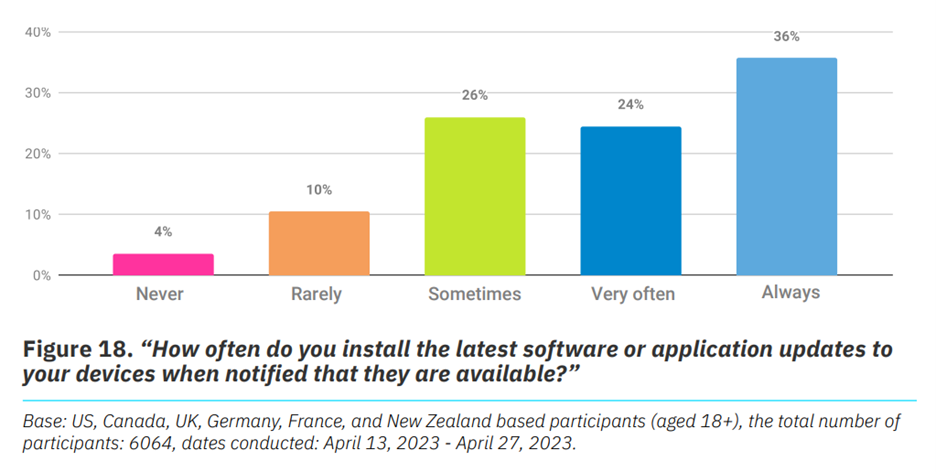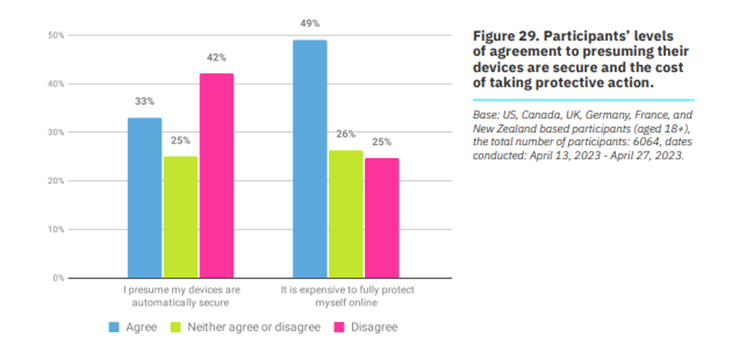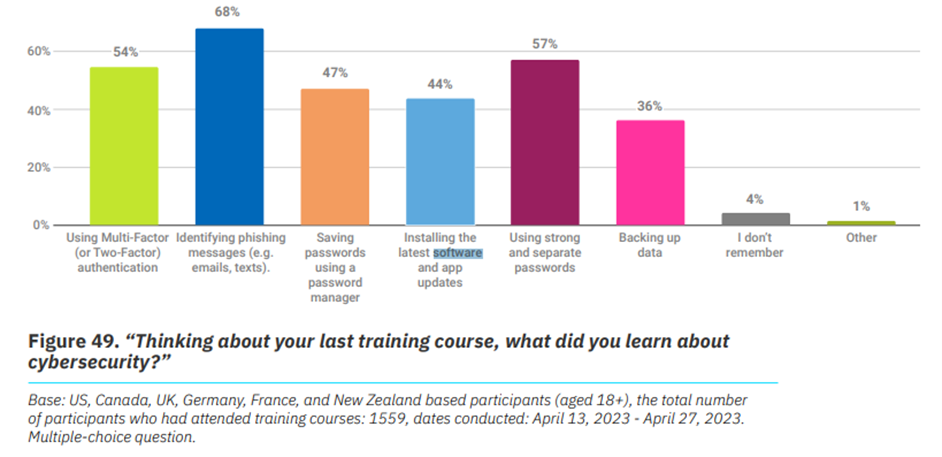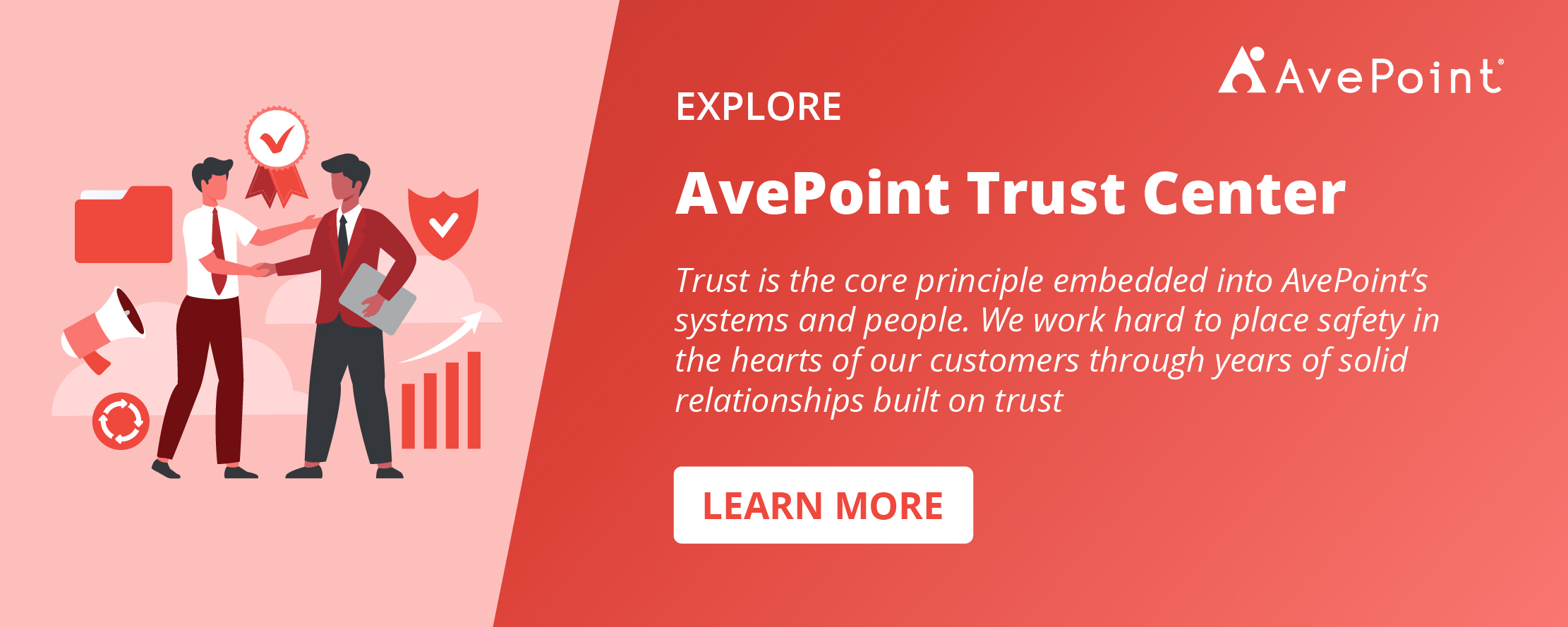Cybersecurity threats are on the rise, and it’s becoming increasingly important to keep information secure, most especially for companies, which deal with and store volumes of sensitive data. According to IBM’s Cost of a Data Breach Report 2023, the global average of a data breach reached an all-time high of $4.45 million this year, a 15% increase over the past three years.
As we continue our coverage of Cybersecurity Awareness Month 2023, we turn to another seemingly simple but extremely important way everyone can protect data from cybersecurity attacks: software updates. Yes, the software updates you see pop up when you’re using software or an application. From smartphones to laptops, every device needs regular updates to keep applications secure and perform optimally.
Cybersecurity Risks of Not Running Software Updates
Making sure you heed the call to update to the latest versions of the software ensures you can help protect against known and unknown vulnerabilities and potential attack vectors hackers can use to infiltrate your devices and gain access to sensitive data.
How? Hackers can use unpatched applications to exploit vulnerabilities, such as unpatched software, that will allow cybercriminals to gain unauthorized access to your device or network to insert malware into the system. Once installed, malware can steal sensitive information, encrypt files, or even take control of the victim’s device.
In addition, outdated software can also welcome denial-of-service attacks, which overwhelms your device with large volumes of traffic or requests and makes it unable to function properly or respond to legitimate users. It can also lead to interception of online communication between two parties, also called a man-in-the-middle attack.
Software updates generally serve three purposes:
- Fix general software problems or bugs that slow down the performance of the applications on your devices.
- Supply new security patches to prevent criminals from successfully launching cybersecurity attacks.
- Ensure you have the latest features to make the most of the software or app you’re using.
Cybersecurity Assessment: Are Employees Today Running Software Updates?
According to the National Cybersecurity Alliance’s Oh Behave! The Annual Cybersecurity Attitudes and Behaviors Report 2023, 36% of those surveyed always install the latest software application updates on their devices. However, there are still 26% who only update their software “sometimes,” and 14% either rarely or never update their software.

The good news is that 45% of people who update their devices more frequently are doing so through automatic updates. This is the best way to go to significantly lessen the risks of system vulnerabilities and cybersecurity attacks.
When people opt to run their software updates manually, they run the risk of putting it off until it’s too late. Thirty percent of those surveyed opt to run their software updates manually, yet 17% delays updates and chooses to use the “remind me later” function repeatedly.
Among those who are “never” or “rarely” installing updates, here are the reasons why they are not acting on software update prompts:
- Lack of understanding of how to take action
- Lack of confidence in their ability to update devices
- They believe they have to pay for the updates
- No time to check the latest updates
More alarmingly, 33% presume that their devices are automatically secure, which potentially adds to those who choose to not run software updates.

This trend poses risks to organizations because these habits and lack of knowledge on the importance of software updates can cause significant losses, reputational damage, and legal consequences for companies if they suffer from a cybersecurity attack.
Create an Informed Workforce
Cybersecurity awareness training for employees ensures the workforce is informed about the benefits of software updates. Employees play a critical role in maintaining the security of an organization’s systems and networks. They are often the first line of defense against cybersecurity attacks, and their actions – or inactions – can have a significant impact on the organization’s security posture. Case in point? According to the NCA’s survey, of those who have undergone cybersecurity training, 44% have learned about installing software and app updates.

Awareness of just how important software updates are and what to watch out for is a great first step for those responsible for information security.
Here are other tips to follow for running software updates:
- Get the update directly from the source: When you get the prompt to update your software, make sure it’s coming from the company that created it. Avoid using hacked, pirated, or unlicensed versions of software, because they often contain malware and cause more problems.
- Set it and forget it: Most software now comes with the option to update automatically. If you have this choice, set it so you don’t have to worry about remembering to initiate the software update. If you don’t have the option, set a reminder for yourself to install it at a time when you’re not using the device for your day-to-day activity.
- Don’t fall for imitators: We’ve all seen pop-up windows when visiting a website or opening software that asks you to download or complete a form without delay. When this happens, they’re usually fake and you shouldn’t take the action. A browser will only warn you not to move forward or stay on a specific web address when it’s not secured or could contain malware.
- Test: After updating your software, test it thoroughly to see if it works as expected and if there are any issues or errors. You should also monitor the performance and security of your devices and applications after the update to see if there are any improvements or problems.
Worry-Free Software Updates with AvePoint
Managing updates can be a daunting task, especially for organizations that have multiple devices to maintain. Once you’ve started to make your users aware of the benefits of prompt software updates, make sure you have a solid policy in place to keep your systems safe.
- Enforce a software-approved list to clearly define which software can and will be used.
- Scan your network often to ensure there are no unwanted applications that have managed to find their way into your network.
- Only use software currently supported by the vendor.
At AvePoint, our Privacy, Security and Risk (PSR) team enforces a patch management policy which has been reviewed and certified against ISO 27001:2013 standards, SOC, IRAP and other governing bodies recognized around the globe.
To learn more about how we place safety at the heart of our customers and our people, visit the AvePoint Trust Center.


